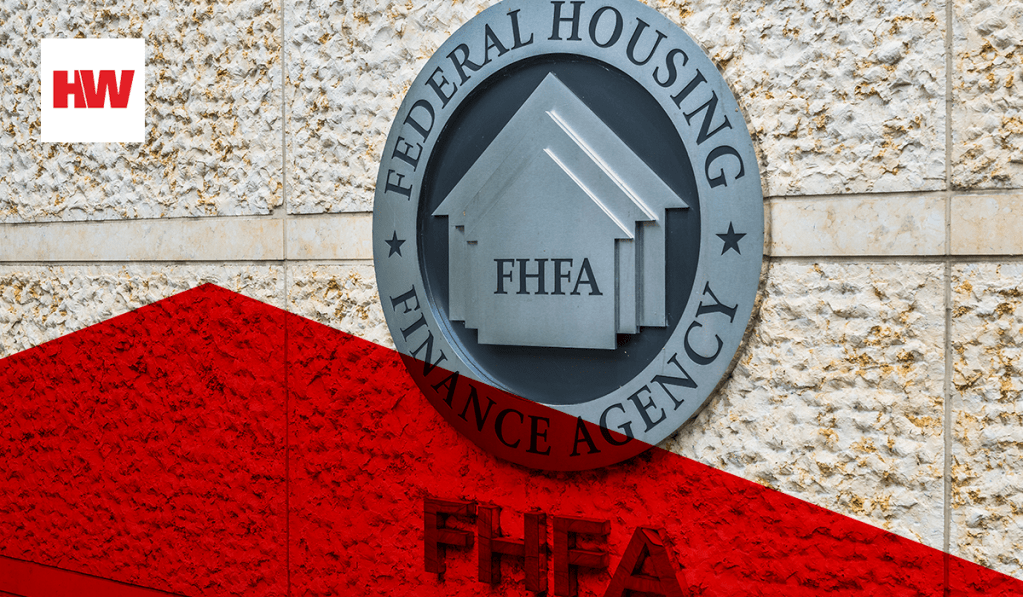The Federal Housing Finance Agency (FHFA) on Thursday issued a proposed rule that would require Fannie Mae and Freddie Mac to develop, maintain, and submit annual capital plans to the regulator.
“The proposed rule will help ensure that the Enterprises have robust systems and processes in place to monitor and maintain proper levels of capital,” said Acting Director Sandra Thompson, who was nominated to be the permanent agency director on Wednesday. “Adhering to a framework similar to other regulatory capital planning frameworks will better position the Enterprises, and the mortgage market, to withstand stressful economic environments.”
The proposed rule mandates that Fannie and Freddie’s capital plans include:
- An assessment of the expected sources and uses of capital over the planning horizon;
- Estimates of projected revenues, expenses, losses, reserves, and pro forma capital levels under a range of the GSEs’ internal scenarios, as well as under FHFA’s scenarios;
- A description of all planned capital actions over the planning horizon;
- A discussion of how the Enterprise will, under expected and stressful conditions, maintain capital commensurate with the business risks and continue to serve the housing market; and
- A discussion of any expected changes to the Enterprise’s business plan that are likely to have a material impact on the Enterprise’s capital adequacy or liquidity.
Beyond mandating annual capital planning reports, the proposed annual plans would also incorporate any finalized requirements from the Enterprise Regulatory Capital Framework (ERCF) for the GSEs, including the stress capital buffer. The buffer is determined by the FHFA, based on the results of a supervisory stress test, “subject to a floor of 0.75% of the Enterprise’s adjusted total assets as of the last day of the previous calendar quarter.”
The new ERCF rule that FHFA proposed earlier this year included three specific amendments based on comments the FHFA received last year.
The proposed amendments “would better reflect the risks inherent in the Enterprises’ business models and encourage the Enterprises to distribute acquired credit risk to private investors rather than to buy and hold that risk,” the FHFA’s outline stated.
The amendments would:
1. Replace the fixed prescribed leverage buffer amount (PLBA) equal to 1.5% of an enterprise’s adjusted total assets with a dynamic PLBA equal to 50% of the enterprise’s stability capital buffer
2. Replace the prudential floor of 10% on the risk weight assigned to any retained CRT exposure with a prudential floor of 5% on the risk weight assigned to any retained CRT exposure;
3. Remove the requirement that an enterprise must apply an overall effectiveness adjustment to its retained CRT exposures in accordance with the ERCF’s securitization framework.
In an interview with HousingWire in September, Ed DeMarco, president of the Housing Policy Council and former acting director of the FHFA, said the bulk of the December 2020 final rule was left intact.
“It is a very targeted set of amendments,” DeMarco said. “When FHFA proposed this rule last year, it received a number of comments from stakeholders, including the Housing Policy Council, criticizing these very provisions.




